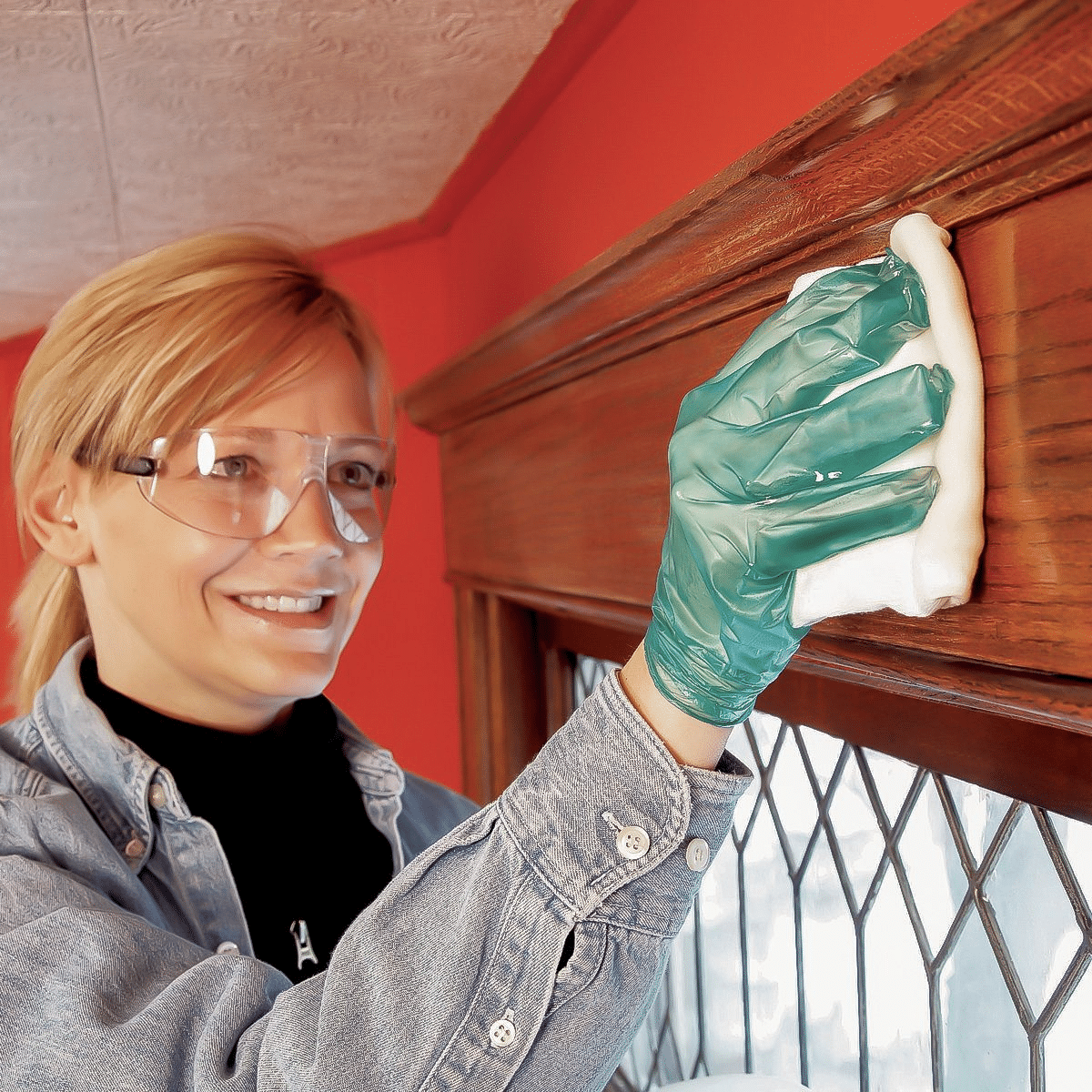Every owner of a cherished piano eventually faces a dilemma: is it time to restore the instrument or to replace it entirely? For many households in Tampa who search for pianos for sale, the emotional and financial weight of that decision can be heavy. Restoration can give a beloved piano a second life, but at what cost, and under which conditions does it make sense to restore rather than replace?
Understanding Restoration, Reconditioning, and Rebuilding
Before deciding, it is necessary to know what these terms mean. Restoration generally involves bringing an instrument back to a state very close to its original condition. Reconditioning means correcting wear and tear through cleaning, adjusting, replacing minor parts, and improving function without replacing major structural components. Rebuilding, or a full restoration, may require replacing soundboards, bridges, strings, pinblocks, and much of the action and mechanics of the piano.
These levels of effort correspond to different costs, timelines, and outcomes. A modest reconditioning may suffice for gentle use or sentimental value. A rebuilding is more involved and suited to high-quality, vintage, or heavily used instruments.
Key Factors to Consider
Quality, Brand, and Model
High-quality pianos from reputable manufacturers tend to justify restoration more often than lower-end or mass-produced instruments. If the piano was built to last, with strong materials, a solid structure, and excellent sound, it will respond much better to restoration. Lower-quality pianos may not regain much of their former novelty, even with extensive work.
Extent of Wear and Damage
Inspect the overall condition. Are there cracks in the soundboard or ribs? Is the pinblock loose? Are action parts like hammers or keys extremely worn? Is there damage from humidity or pests? Restoration or reconditioning might be a good choice if the damage is just cosmetic problems, minor mechanical wear, and tuning. But if structural parts are compromised, replacement could be safer.
Cost versus Replacement Price
Compare the cost of restoration with the cost of acquiring a good-quality replacement. Sometimes restoration costs approach or exceed the price of a new or nearly new instrument. In such cases, replacement may offer better value for money in terms of musical quality. On the contrary, for premium or vintage pianos, restoration often costs significantly less than replacement while preserving character and functionality.
Sound and Playability
Many pianos, even if outwardly worn, may still have outstanding tonal potential. If the tone is still pleasant, the action is salvageable, and the instrument holds pitch with some adjustments, restoration can be especially rewarding. Replacing it better meets musical demands if the sound is beyond repair or the touch disappears.
Sentimental and Historical Value
A piano that has been in the family for generations or has historical or aesthetic significance may carry value beyond monetary cost. Even though restoration might cost more than replacement, emotional benefits or historical importance may sway the decision.
Practical and Long-Term Considerations
Think ahead about ongoing maintenance, humidity control, tuning, and how often the instrument will be used. Occasional usage might permit less costly restoration. Rebuilding or replacing the instrument might provide a better return on investment if it will see heavy use. Also, the availability of skilled technicians matters greatly. Restoration can only be successful with the guidance of expert hands.
A Framework for Decision
If you find yourself trying to decide, this framework may help:
- Assess structural integrity
If the soundboard, pinblock, or action frame is sound, restoration chances are excellent. - Estimate cost
Obtain quotes for the full scope of work and compare them to the purchase prices of comparable new or used pianos. - Evaluate usage
How often will the piano be played, for what repertoire, and by whom? - Consider emotional value
Is the instrument tied to memories or history that money cannot restore? - Examine technician availability
Restoration demands skill, time, and often specialized parts.
When Replacement May Be the Better Choice
Replacement may make sense when the restoration cost is very high relative to replacement, when structural damage is extensive, when the instrument has poor fundamentals, or when maintenance demands are unlikely to be met going forward. Newer models offer modern conveniences or better stability with less upkeep.
For those in Tampa considering pianos for sale, piano restoration offers a path to preserve artistry, memory, and sound. Yet restoration is not always the most sensible route. The decision to restore or replace depends on condition, cost, sound, emotion, and the long-term care the instrument will receive.
If you wish to explore restoration or find a wonderful replacement, Dave’s Piano Showroom can guide you in assessing your instrument or selecting a piano for your needs.
read more : 7 Best Virtual Team Celebration Ideas for Work
